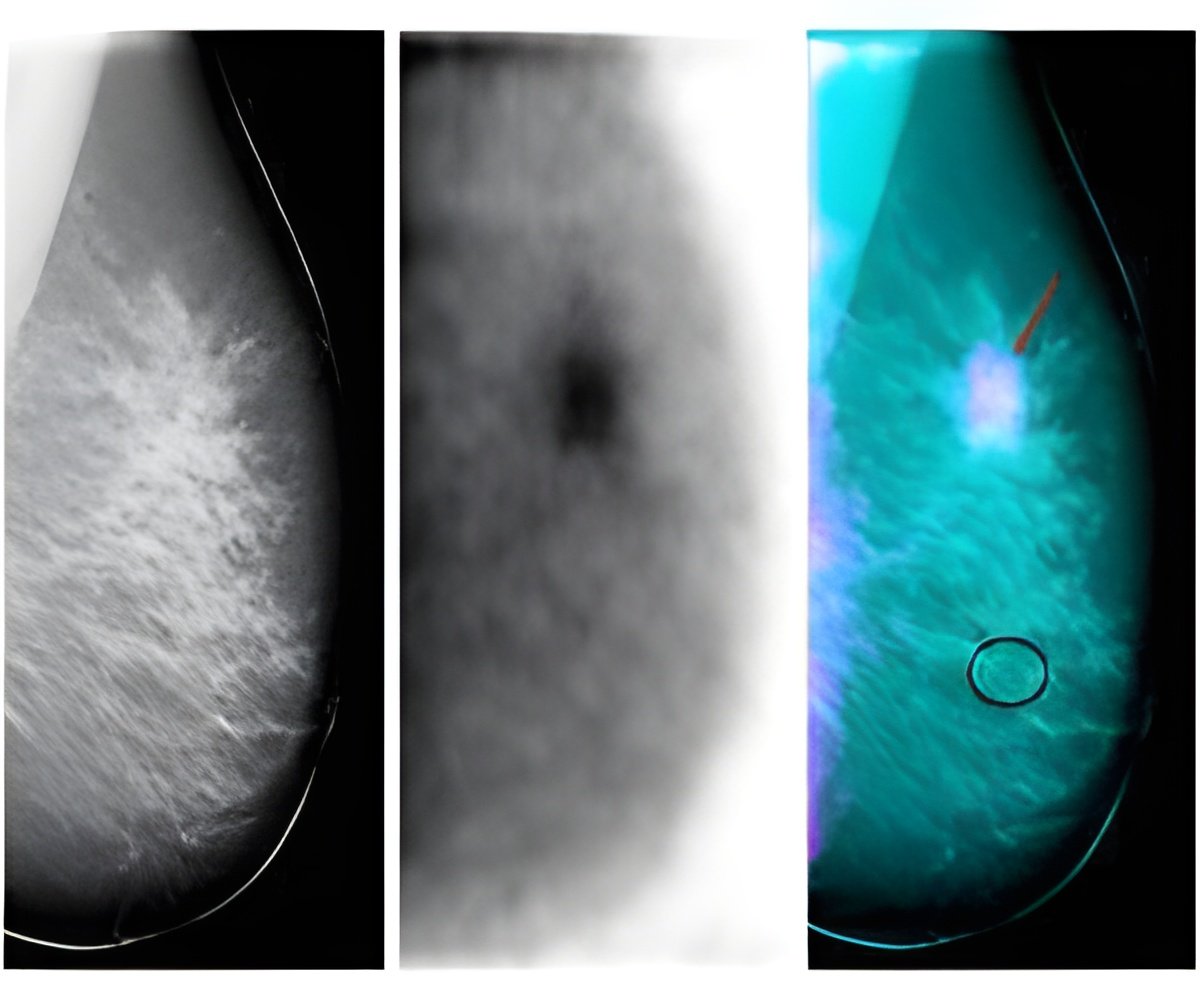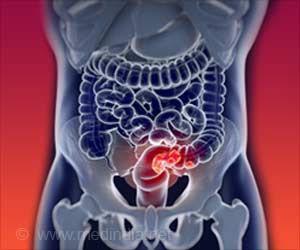Researchers have identified important similarities and differences between human and canine breast tumors.

Tracking cancer status
The research team analyzed five canine mammary carcinomas in the study. Each was shown to exhibit gross chromosome instability, similar to those observed in human breast cancer samples. These variations included chromosomal and segmental copy-number changes in several well-described cancer genes, such as cMYC, MYB, CFA1, and HER2/ERBB2. However, a recurrent deletion of the proximal part of chromosome 27 that contains the tumor suppressor gene PFDN5, which is so far not described as recurrently deleted in human breast cancer, also had been detected. The researchers found the deletion in 50 percent of the 20 canine carcinomas that were analyzed.
Perhaps most remarkable, the researchers were able to use cell-free DNA (cfDNA) analyses to detect and measure the occurrence of specific chromosomal breakpoints in blood plasma. The first step of the process involves massively parallel sequencing to detect unusual chromosome rearrangements, the likes of which are the hallmark of cancer cells. These can then be reliably detected and quantified subsequently using highly sensitive digital PCR. The combined approach is a very cost-effective option for tracking tumor progression or recurrence.
Dr. Julia Beck, Senior Scientist at Chronix Biomedical and first author of the study, commented: "We were able to detect the persistence of a plasma tumor marker after surgery in one of the canine patients, directing veterinarians to schedule a tomographic examination that revealed metastatic lesions in the lung. We're confident that the same approach could be reliably used to analyze human blood samples."
Prof. Dr. Bertram Brenig, director of the Institute of Veterinary Medicine at the University of Göttingen and co-author of the study, feels confident that the results of the study will have remarkable impact on the future decisions regarding the therapy of mammary tumors in dogs. Commenting, he said, "This minimally invasive diagnostic tool offers the great opportunity to identify potential tumor development in at-risk patients at an early stage and follow up the progress after surgery."
Although cancer treatments have improved significantly over the last few decades, several hurdles remain to be overcome. Currently, no methods can accurately differentiate between those patients exhibiting a significant response to treatment and those still harboring residual cancer cells. This means that further treatments must be routinely performed on all patients, often unnecessarily.
Chronix Biomedical's Chief Technology Officer and senior author of the study, Ekkehard Schütz, M.D., Ph.D., is confident that the approach has great potential for providing quantitative data on tumor incidence, without the need for invasive biopsies. Commenting on the study, Dr. Schütz said: "Our results so far indicate that cfDNA can provide a powerful means of assessing tumor status as a 'liquid biopsy', both at the earliest stages of cancer development and following treatment or surgery. Such diagnostic information could be a powerful means of improving treatment outcome."
"We have already seen some very positive results using our minimal residual disease blood tests," said Howard Urnovitz, Ph.D., CEO of Chronix Biomedical, whose team recently collaborated with The University of Texas MD Anderson Cancer Center to present preliminary data from their research at the American Society of Clinical Oncology Annual Meeting 2013. "By providing a means of tracking the body's response to treatment, we expect these tests to enhance patient care, while also greatly reducing the cost to the healthcare system."
Source-Eurekalert
 MEDINDIA
MEDINDIA



 Email
Email










